Webinars
Sign up for our upcoming webinars or watch one of our previous webinar recordings. They’re too good to be missed.

Webinar
End of Year Reporting – Made Simple
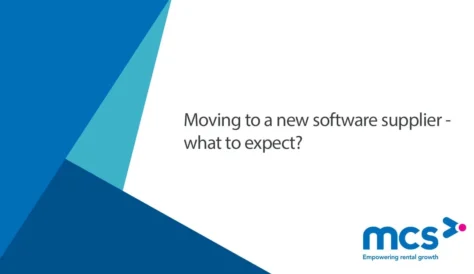
Webinar
Moving to a new software supplier – what to expect?
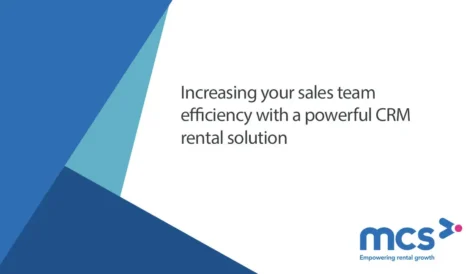
Webinar
Increasing your sales team efficiency with a powerful CRM rental solution
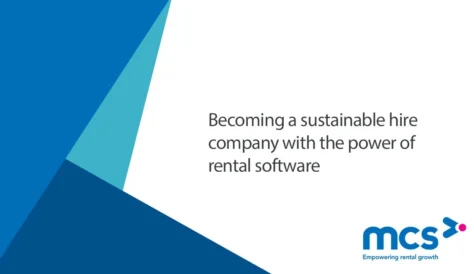
Webinar
Becoming a sustainable rental company with the power of rental software
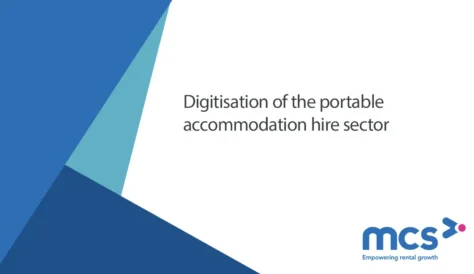
Webinar
Digitizing the portable accommodation rental sector
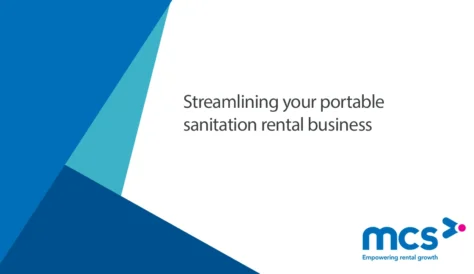
Webinar
Streamlining your portable sanitation rental business
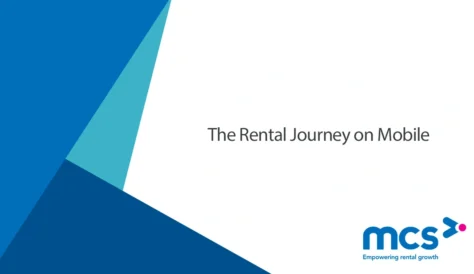
Webinar
The Rental Journey on Mobile
Ready to elevate your rental business?
Connect with our expert team to discover how MCS Rental Software can drive your success. We’re here to answer your questions and help you find the perfect solution.
